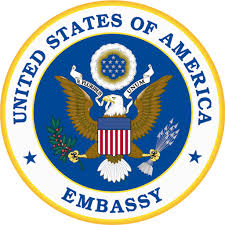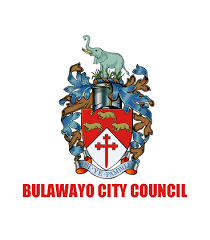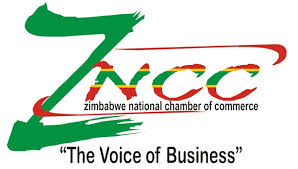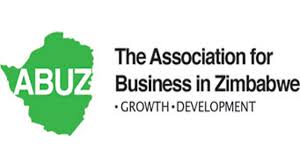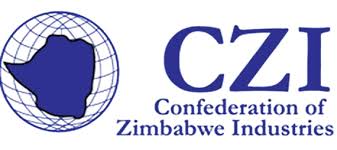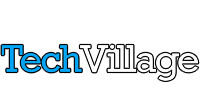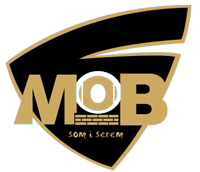NUST Innovation Hub

Mr Aleck Ncube - Acting Director
Innovation Hub
Strategic Goals and Strategic Objectives
- The Hub endeavours to be a catalyst for the economic and social advancement of the Zimbabwean society by stimulating economic growth, modernisation, and resultant prosperity through the exploitation of research outputs and innovative ideas that are generated at the University.
-
To be the vehicle for technology assimilation, adaptation, customisation and diffusion in Zimbabwean society; primarily for the benefit of Industry, Commerce and the Communities.
- To be a catalyst for the economic and social advancement the Zimbabwean society by stimulating economic growth, modernisation, and resultant prosperity through the exploitation of research outputs and innovative ideas that are generated at the University.
- To be the vehicle for technology assimilation, adaptation, customisation and diffusion in Zimbabwean society; primarily for the benefit of Industry, Commerce and the Communities
To be the SBU of NUST that carries out:
-
Commercialisation and application of Intellectual Properties generated at the University
-
Vending and management of Intellectual Property Rights ( IPRs) of the staff at NUST
-
Facilitation of technology transfer and licensing of technology for business organizations and communities in the country
-
Incubation of science and technology (s&t ) based start-up ventures initiated by both NUST members of staff and outsiders
Industrial Liaison Office
The Industrial Liaison Office is a service resource to the community of NUST and a bridge for university-Industry interaction. The overall goal of the of the Industrial Liaison Office is to support staff and students in building and strengthening partnerships with industry, government and civic society stakeholders in order to foster collaborative opportunities, develop and commercialize technologies, solve problems, and exchange ideas for socio-economic development.
The Industrial Liaison office offers a wide spectrum of services some of which include:
Administration of Consultancy services
- Facilitation of meetings between prospective clients and consulting members
- Drafting of documents such as service agreements, consultancy agreements and Memorandum of Agreement
- Processing of financial receipts and payment requisitions
- Monitoring of entire service delivery
Entrepreneurship/ commercialisation and Administrative support
The I.L.O. assist with basic departmental administration and commercialisation support services such as:
- Servicing of various meetings such as the Innovation Hub Board of Directors,
- NUST Fundraising Committee and other interdepartmental meetings involving the Innovation Hub.
- Development or evaluation of business plans for student start-ups
- Attending to the needs of incubated student enterprises
Benefits of partnering with NUST
- Enhanced reputation :Working with an eminent institution allows you to enhance reputation and keeps you up to date with prospective technologies and new developments.
- Lowering of R&D costs :Eminent researchers at NUST can supplement and augment your development capacity. R&D can be quite expensive as you may know!
- Knowledge – patents: We have a lot of knowledge and experience from which have arisen various Intellectual Property (IP) such as patents, industrial designs, and copyrights; which are available for uptake

Mr Arnold Moyo - Industrial Liaison Officer
Email: arnold.moyo@nust.ac.zw | Telephone Numbers:+263 9 282842 ext 2622 | Cell: 0774381437 | Fax Number :+263 - 9 - 286803
Intellectual Property Management Unit

Mr Aleck Ncube - Intellectual Property Officer
The objective of the Intellectual Property (IP) Unit is to provide leadership in IP related issues and value added services directed at ensuring effective IP management and commercialisation of technology innovations. This service is provided to the whole University community.
- Management of the IP process including strategies for IP protection, ownership and commercialisation.
- IP management workshops for entrepreneurs and the University Faculties and Departments, focussing on:
- What intellectual property is?
- What intellectual property covers.
- The essentials of trademarks, copyrights, designs, patents and trade secrets.
- Why intellectual property is important to a business.
- The importance of conducting prior art searches.
- How to conduct patent searches through the proprietary and non-proprietary patent database.
- IP and legal due diligences and IP opinions.
- Monitoring and identifying issues and approaches in IP management relating to green economy and environmental sustainability projects and innovations in support of Renewable Energy.
- Vetting, reviewing, negotiating and drafting various types of agreements.
- IP and legal advice to the entrepreneurs and the Innovation Hub precinct companies.
IP rights determine, amongst others:
- If you can manufacture your product legally
- If you need to obtain a licence or an assignment to prevent litigation
- Whether another individual or company must license your technology from you to be able to manufacture or sell his product legally
- If you can copy a component of another individual’s product/technology to use in your product etc.
What is a Patent?
- Of practical use;
- Inventive-not obvious to a person skilled in the relevant technology; and
- Accepted as "patentable" under law. In many countries, scientific theories, mathematical methods, plant or animal varieties, discoveries of natural substances, commercial methods, or methods for medical treatment (as opposed to medical products) are generally not patentable.
- New products and devices
- New substances, such as chemical formulations and new materials
- New manufacturing processes
- New business methods.
- Be novel, or new. The invention must not already be publicly known.
- Involve an inventive step. The invention must be more than an obvious extension or variation to what is already publicly known.
- Have utility which means, to be capable of commercial use, and not be just a theory
- Not have been secretly used commercially before the date of application for the patent.
- A letter (for example the W hotel chain)
- A combination of letters (for example IBM, and BP)
- A word (for example, Toyota, and Petronas)
- A phrase (for example, McDonald's 'I am loving it')
- A logo (for example, the distinctive McDonald's Golden Arches)
- A shape (for example, the triangular shape associated with Toblerone chocolate)
- A colour (for example, the use of green at BP petrol stations)
- A sound (for example, the distinctive sound of the original Nokia ringtone)
- A scent (for example, the distinctive aroma of a particular perfume).
- the shape and design of a mobile telephone
- the shape of a kitchen appliance
- the tread of a tyre
- the patterns on textiles or clothing.
What are Plant Breeder's Rights?
- the ability to produce or reproduce the material;
- condition the material for propagation;
- sell the material, and
- export the material.
Non-Registerable Intellectual Property
- Be original: the work will be deemed original if it is a substantial improvement on what preceded it and a lot of skill, labour, effort and time were expended in creating the work; and
- Have been written down, recorded, represented as digital data or signals or otherwise reduced to material form (with the exception of broadcasts and programme-carrying signals.
- not be generally known or ascertainable through legal methods;
- provide a competitive advantage or have economic value; and
- be the subject of reasonable be the subject of reasonable efforts to maintain secrecy.
- Access to online patent and non-patent (scientific and technical) resources and IP-related publications;
- Assistance in searching and retrieving technology information;
- Training in database search;
- On-demand searches (novelty, state-of-the-art and infringement);
- Monitoring technology and competitors;
- Basic information on industrial property laws, management and strategy, and technology commercialization and marketing.
Contact Us



